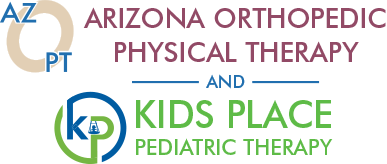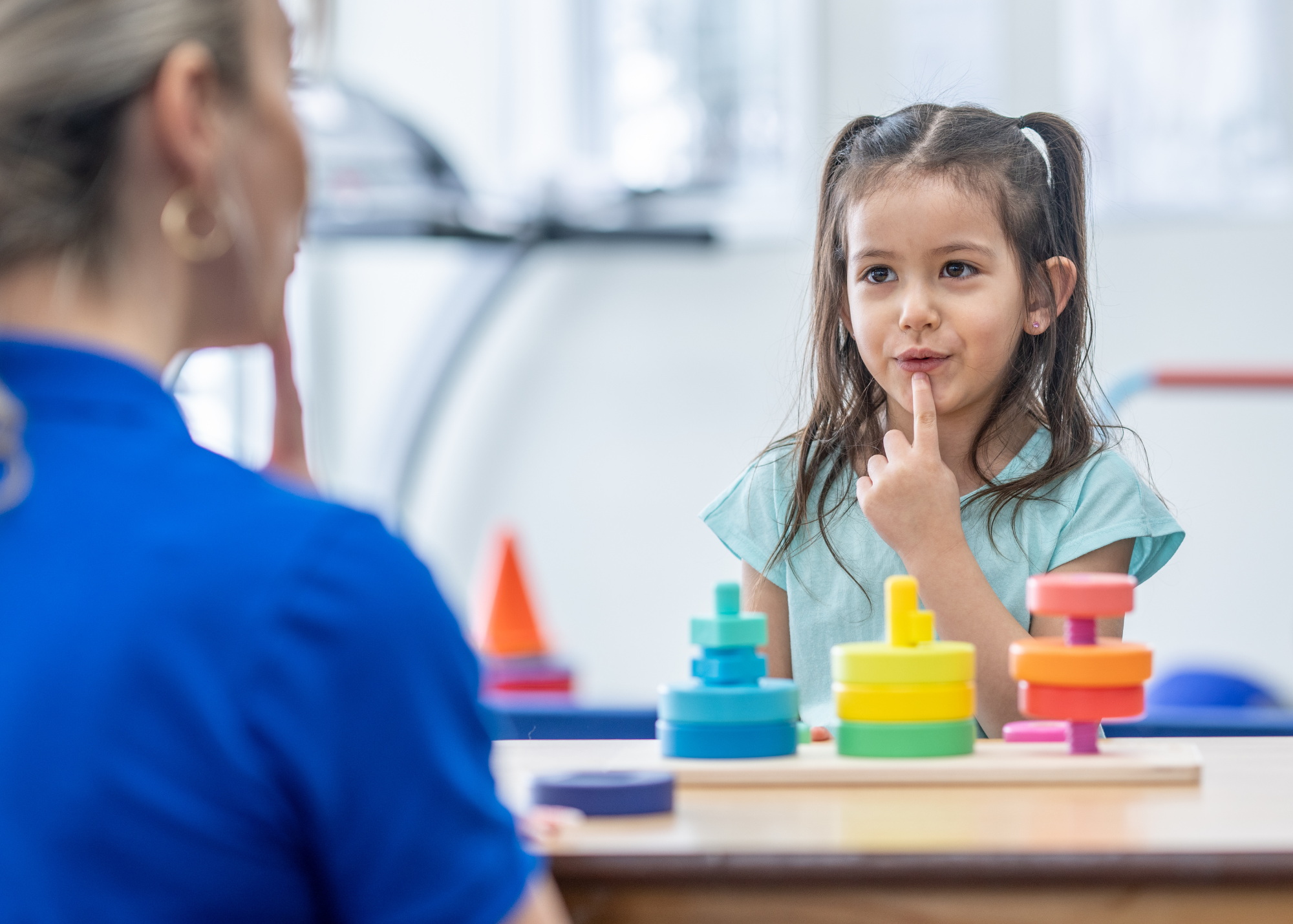Speech versus Language: Understanding the Key Differences
When we think of communication, we often use the terms “speech” and “language” interchangeably. However, these are different areas of development.
Speech refers to the physical production of sounds. It involves:
- Articulation: The clear and accurate production of speech sounds. This includes the movements of the lips, tongue, and jaw.
- Fluency: The smooth and effortless flow of speech, without stuttering or other disruptions.
- Voice: The quality, pitch, and loudness of the voice.
Language, on the other hand, is a complex system of symbols that convey meaning. It encompasses:
- Receptive Language: The ability to understand and process language. This includes listening, reading, and understanding what others say.
- Expressive Language: The ability to use language to communicate thoughts and feelings. This includes speaking, writing, and using gestures.
- Pragmatics: The social rules of language, such as turn-taking, eye contact, and appropriate social communication.
The Connection Between Speech and Language
While speech and language are distinct, they are often lumped into the same category. Clear speech is essential for effectively conveying language, and our language skills influence our development of speech sounds.
For example, a child with limited vocabulary may have difficulty expressing themselves clearly, which can impact their motivation to improve their articulation. Similarly, a child with articulation difficulties may struggle to understand and produce complex sentences.
Speech Therapy: Addressing Both Speech and Language Challenges
Speech-language pathologists (SLPs) are trained to assess and treat both speech and language disorders.
Speech Disorders:
- Articulation Disorders: SLPs use a variety of techniques to improve articulation, such as:
- Articulation drills: Practicing the correct placement and movement of the tongue, lips, and jaw.
- Modeling: Demonstrating the correct pronunciation of sounds.
- Use of visual aids: Using mirrors, tongue depressors, and other tools to help children visualize the correct speech movements.
- Fluency Disorders (e.g., stuttering): SLPs may employ techniques such as:
- Slow, easy speech: Encouraging a relaxed and controlled speaking rate.
- Stuttering modification techniques: Helping children to pause and relax during moments of stuttering.
- Voice Disorders: SLPs may address voice problems through:
- Vocal hygiene techniques: Teaching proper vocal habits, such as hydration and avoiding vocal strain.
- Voice therapy exercises: Strengthening and improving the coordination of the vocal cords.
Language Disorders:
- Receptive Language Disorders: SLPs may use activities such as:
- Following directions: Giving simple and complex commands.
- Listening comprehension activities: Reading stories and asking or answering questions to assess understanding.
- Use of visual supports: Using pictures, symbols, and other visual aids to enhance comprehension.
- Expressive Language Disorders: SLPs may use techniques such as:
- Vocabulary building: Introducing new words through play, books, and songs.
- Sentence expansion: Helping children to build longer and more complex sentences.
- Narrative skills training: Helping children to tell stories and retell events.
- Pragmatic Language Disorders: SLPs may use social skills training activities such as:
- Role-playing: Practicing social interactions in a safe and supportive environment.
- Group therapy: Providing opportunities for children to interact with peers and learn social communication skills.
Early Intervention is Key
Early identification and intervention are crucial for children with speech and language difficulties. Early intervention can help prevent more significant problems from developing and improve a child’s overall communication and social-emotional development.
When to treat speech vs. language
In development, Kids Place helps kids from 18 months to about 3 years primarily with their language skills and their ability to become functional communicators. Typically after the age of 3 years, we begin to assist with articulation skills and a child’s ability to be understood by other members of the community. Kids need receptive and expressive language skills before we can help target their articulation skills. With their language skills it is difficult to know how much they are understanding.
If you are concerned about your child’s speech and/or language development, Kids Place Speech Therapy can help!
Sources:







